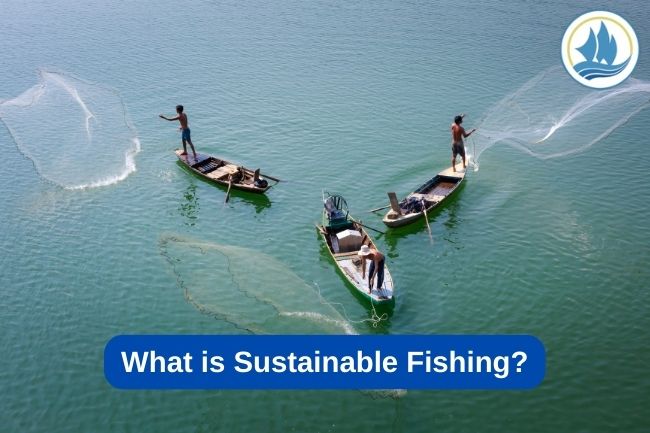What Is Sustainable Fishing?
By. Nevanda - 01 Mar 2023
kelolalaut.com - Sustainable fishing is fishing activities that harvest fish stocks at a sustainable rate to make sure that the fish population does not decline and still can grow in the future. Sustainable fishing help us to preserve fisheries resources and make sure there will be population of marine and freshwaters wildlife in the future. This aquatic environment is home for countless species fish and invertebrate that we human make them as a food source. Seafood is known as a important protein source and healthy fats in many diverse culture and regions.
The seafood demand and the advances of our technology have led us to fishing practice that are drain fish and shellfish populations around the world. Fishers taking more than 77 billion kilograms of wildlife from the sea each year. At this rate of fishing activities, it is feared that fisheries around the world would be collapses. In order to maintain and continue relying on the ocean resources, economist and conservationist agreed to employ sustainable fishing practices.
Read also: Here Are Cuttlefish Incredible Ability
There are many way for us to do fishing sustainably, allowing us to enjoy seafood while make sure that fish populations still remain for the future. People have been practicing sustainable fishing for thousand of years in many indigenous cultures. Based on that, today’s sustainable fishing reflect and learn some lesson from these cultures. These practices of traditional fishing only aim for specific species during certain time on the year and avoiding crucial spots like coral reef to maintain that the fish population can still grow.
As a consumer, we can make contribute to sustainable fishing by choosing seafood from well-managed sustainable fisheries. To do so, we need to educate ourselves about where and how the fish or shellfish come from. The other concerns is that the policymaker should consider the consumers needs, fish stocks in the wild, and other data to make better policy on fisheries industry.
Read also: Sustainable Fishing Using Huhate Technique








